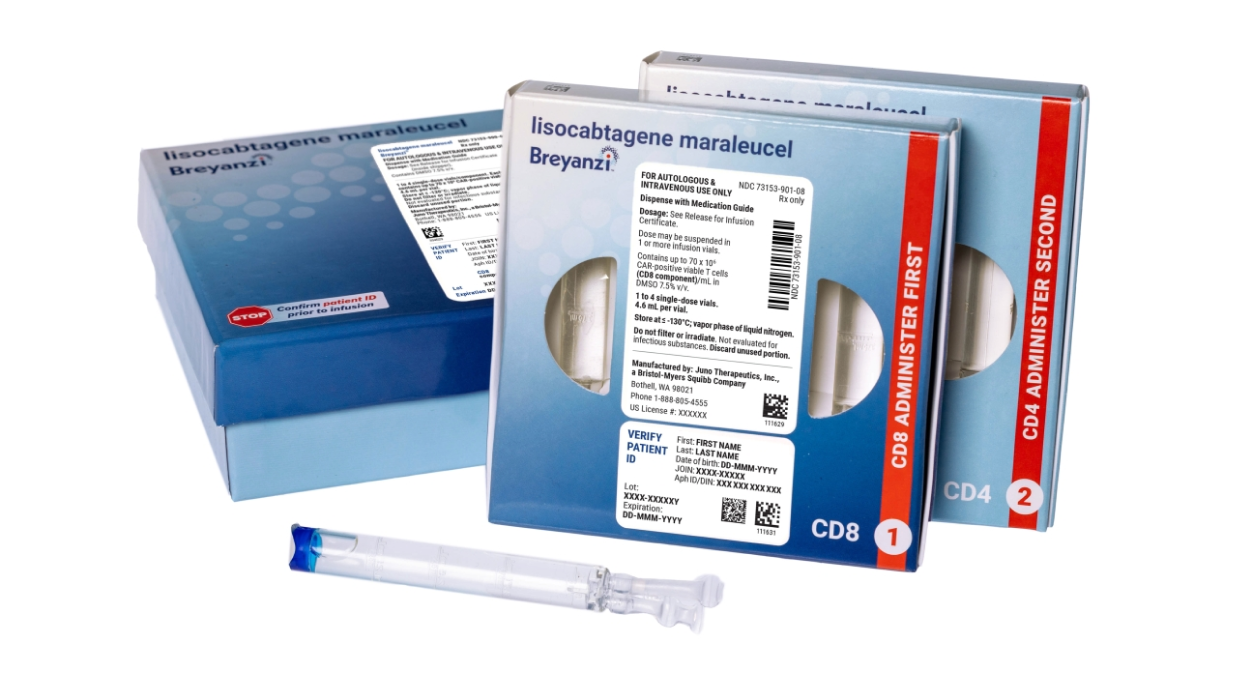FDA Grants Priority Review To Bristol Myers Squibb’s Breyanzi (Lisocabtagene Maraleucel) For Treating Relapsed Or Refractory Marginal Zone Lymphoma, Now The Fifth Cancer Type Under Evaluation
Breyanzi gets FDA Priority Review for relapsed marginal zone lymphoma; decision expected by December 5, 2025.
Breaking News
Aug 06, 2025
Simantini Singh Deo

Bristol Myers Squibb has announced that the U.S. Food and Drug Administration (FDA) has accepted its supplemental Biologics License Application (sBLA) for Breyanzi (lisocabtagene maraleucel; liso-cel) for the treatment of adult patients with relapsed or refractory marginal zone lymphoma (MZL) who have previously received at least two lines of systemic therapy. The FDA has granted the application Priority Review and set a Prescription Drug User Fee Act (PDUFA) goal date of December 5, 2025.
The submission is supported by data from the primary analysis of the MZL cohort in the TRANSCEND FL study, a Phase 2, open-label, multicenter, single-arm trial. Findings from this study were recently presented during an oral session at the 2025 International Conference on Malignant Lymphoma (ICML) held in June.
Rosanna Ricafort, Vice President, Senior Global Program Lead for Hematology and Cell Therapy, Bristol Myers Squibb, stated, “While initial therapy for MZL can be effective, multiple relapses over the course of several years are common, leaving patients in need of a new treatment option that can provide high, lasting response rates. This FDA acceptance brings us one step closer to potentially standardizing CAR T cell therapy as a treatment option for MZL, while building on our commitment to bring this personalized therapy to as many eligible patients as possible.”
This latest regulatory milestone highlights Bristol Myers Squibb’s ongoing commitment to advancing access to cell therapies for more patients. In line with this effort, the FDA recently approved updates that streamline patient monitoring and remove the REMS (Risk Evaluation and Mitigation Strategy) program requirements for Breyanzi. These changes are expected to reduce treatment barriers while continuing to ensure patient safety.
